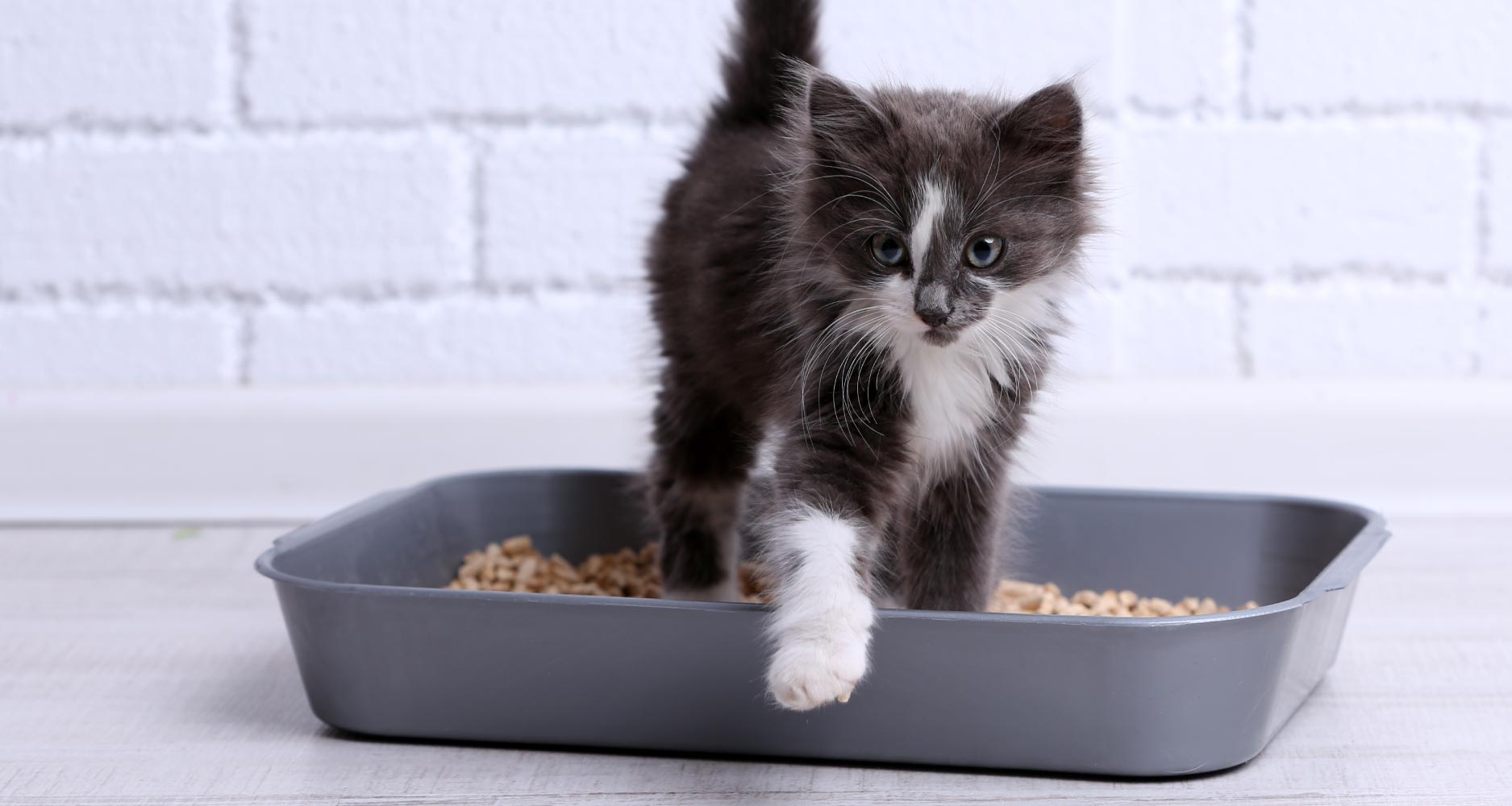TRAINING & BEHAVIOUR

TRENDING
Raising & Training Kittens

Most people know that cats can be trained, but not everyone knows that cats are also able to learn various tricks and behaviours. They are intelligent, independent animals and with the right training they can follow instructions (plus, they don’t really need that much approval).
Here are a few techniques and tips that can be helpful when training your new kitten. Let’s get started.
OBEDIENCE TRAINING FOR KITTENS
Remember, your kitten is young, curious and maybe even a little bit anxious after being separated from his mother and litter. So, the first thing you can do when teaching obedience is to keep training sessions short.
Also, don’t try to introduce too many commands in the beginning. Choose one command and make sure your kitten masters it. Then only go on to the next one.
Now you want to make sure the command is not only associated with one context or area. You want your kitten to respond to you in various situations and places so practice in the kitchen, lounge, bedroom and everywhere else your kitten is allowed.
Some owners use a clicker as a training aid to get the proper response for routines such as grooming (stand still) or occasions such as travelling (stay calm).
KITTEN TRAINING
Early training is really important if you want your kitten to understand the boundaries and learn her place in her new home as soon as possible. Bad habits can creep in easily and are so difficult (sometimes impossible) to unlearn. Exploring the trash, strutting on counters or tearing up expensive furniture are all concerning and often maddening behaviours.
However, with the right training approach, kitten obedience is achievable and will benefit everyone. Your kitten’s body and mind will be stimulated; social skills will improve; your home will be in a better state; and your bond will grow stronger.
To make training easier, be sure to stock up on loads of toys. Toys keep kittens occupied, not only physically, but mentally as well. Bonus tip: sprinkle some toys with catnip. When you notice your kitten doing something naughty, use a toy as distraction. The toy then functions as a reward from stopping the bad behaviour.
CAT BEHAVIOURAL PROBLEMS THAT ARE COMMON
With hands-on obedience training, you can address common problems quickly and hopefully prevent larger issues in the future. If you’re a cat owner you’ll be familiar with some, if not all, of these.
- Furniture scratching
- Avoiding the litter box
- Spraying and urinating
- Stress and fear or anxiety
- Aggression towards people or other animals
- Compulsive behaviours e.g. over-grooming, excessively scratching or biting
THE HOW-TO OF CAT TRAINING
A few lucky cat owners have eager learners, the rest might be stuck with cute furballs skilled at sweetly ignoring them. Cats have unique personalities, so the only thing you should rely on is your patience and persistence. Also don’t compare your kitten to (your) other cats. Plus, remember to keep daily sessions short, but frequent. It helps if you set aside specific times every day to practice (for example, before feeding and playtime).
Remember: cats don’t respond well to punishment. Usually they’ll hide or run away from you. This can lead to stress and possibly behavioural or health problems in the long run. A system that relies on reward to encourage good behaviour, for example praise or a treat, is likely to get better results. Keep teaching your kitten that good behaviour equals reward.
ADDRESSING BAD BEHAVIOUR
Changes in a cat’s environment, medical conditions or other interferences could all lead to stress and cause a cat to act out. It could also be that your cat simply doesn’t know what’s wrong and right. Because the reason is usually unclear, it’s better to redirect unwanted behaviour (in the right way) rather than punish them, which won’t be effective anyway. The last thing you want is for your cat to feel threatened by you, fueling the circle of stress and weakening the bond you share.
One good way to deal with issues is creating an association between something unpleasant and bad behaviours. Some scents and smells, for example perfume and citrus, put cats off. Try placing cotton balls, soaked in a scent your cat dislikes, around spots that are off limits. Good behaviour should not go without praise and reward.
Just because your cat won’t necessarily respond to approval doesn’t mean it’s not appreciated.
Related Articles













